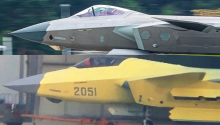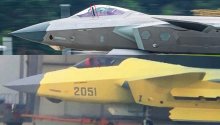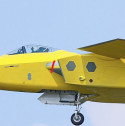I am not well versed in ergonomics or human-computer interfaces. But I think the use of touch screens necessitates the use of standardized gloves with desired electrical properties. And also some buttons.Modern consumer touch screen don't recognize my fingers touching the screen 3 time out of 5. Just imagining trying to use a touch screen in a fighter plane while flying in a combat situation look pretty hard to me.
The screen's durability, function loss characteristics with damage, temperature and humidity response, reaction to contaminants (including blood), danger posed by broken parts of it, vibration tolerance, should be tested.
In my opinion it is prudent have buttons for critical functions. Both for the pilot to find things without looking and as a backup.








